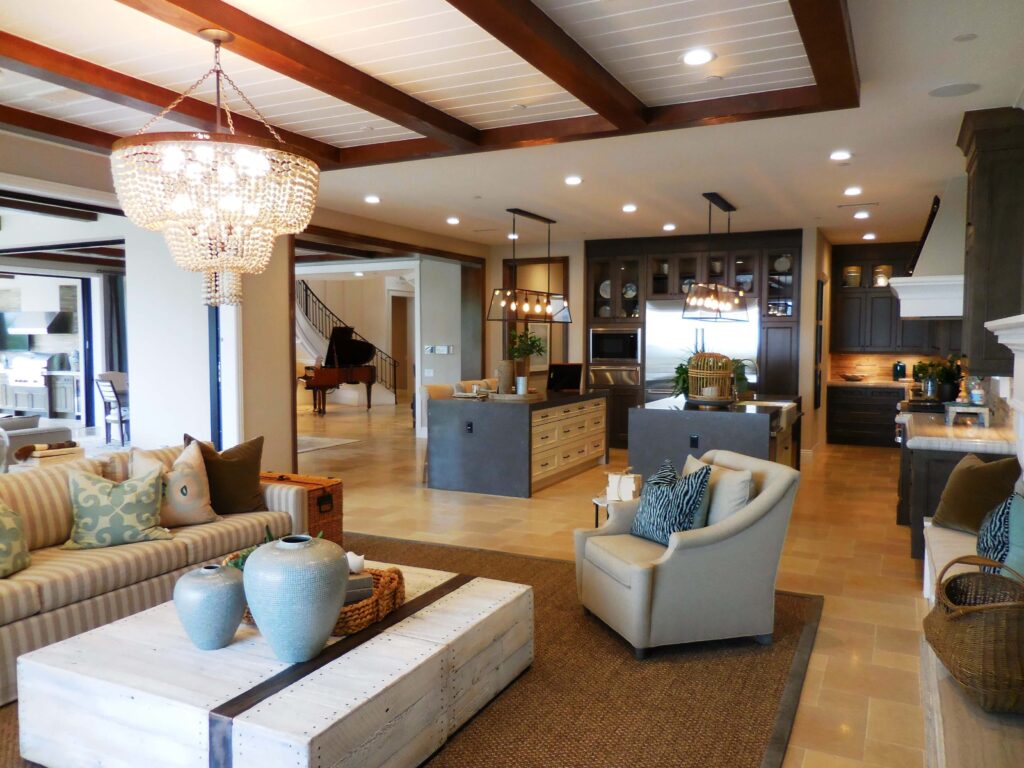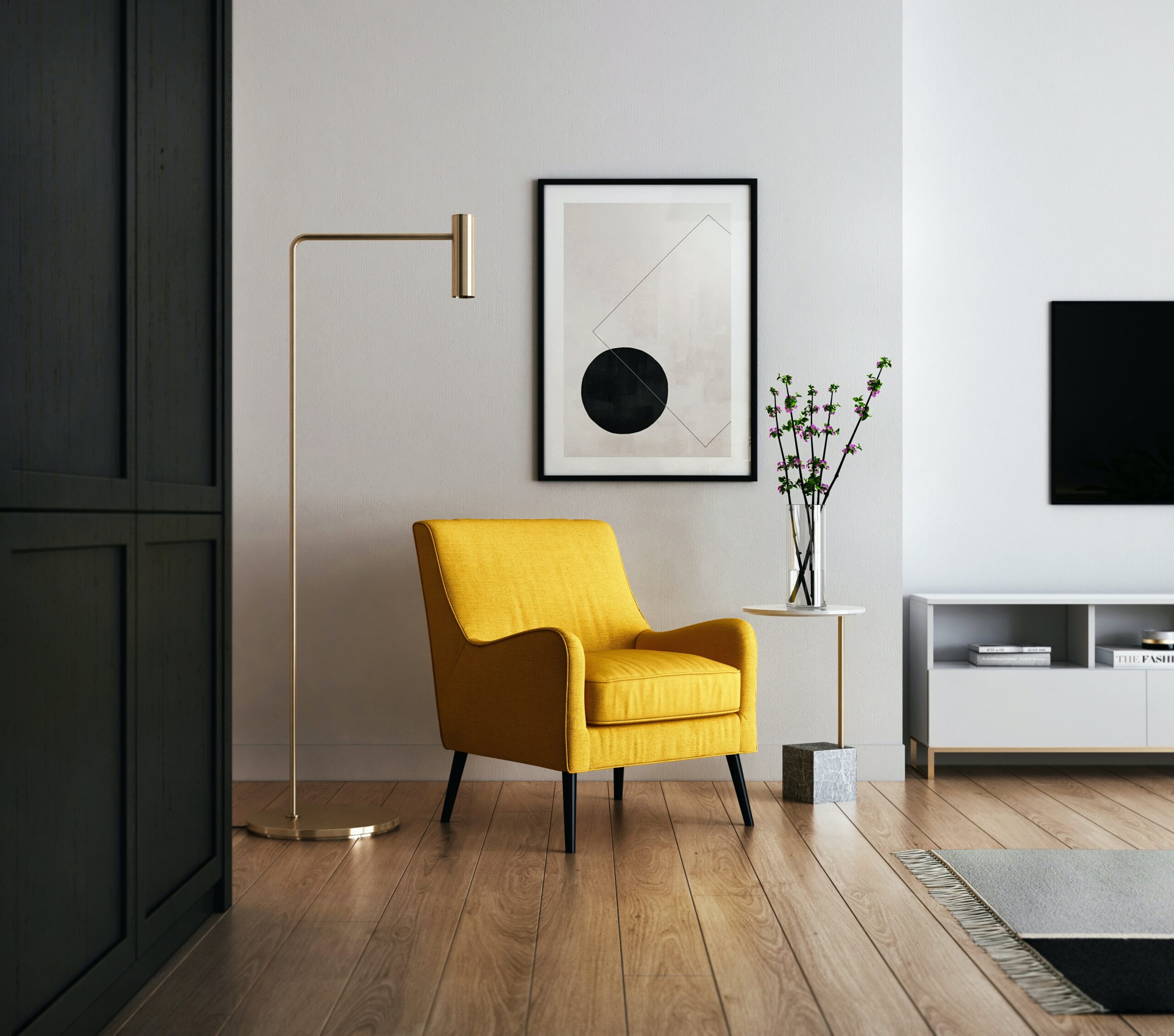What is traditional style?
Traditional style in interior design draws inspiration from classic, timeless elements and aesthetics. Rooted in historical design movements, this style often reflects the elegance and charm of bygone eras. Here are key characteristics and features of traditional style:
- Timeless Elegance:
- Traditional style exudes a sense of timeless elegance and sophistication, often drawing inspiration from historical periods like the 18th and 19th centuries.
- Classic Architectural Details:
- Traditional interiors feature architectural details such as crown molding, wainscoting, chair rails, and elaborate woodwork. These details add depth and visual interest to the space.
- Symmetry:
- Symmetry is a key element in traditional design. Balanced arrangements of furniture, lighting, and decor contribute to a sense of order and formality.
- Rich Color Palette:
- Traditional interiors often incorporate a rich and warm color palette. Deep hues like burgundy, navy, forest green, and gold are common, creating a sense of coziness.
- Luxurious Fabrics:
- Upholstery and drapery in traditional style use luxurious fabrics such as silk, velvet, and damask. These textiles often feature classic patterns like florals, plaids, or stripes.
- Classic Furniture Silhouettes:
- Traditional furniture tends to have classic silhouettes with intricate detailing. Wingback chairs, Queen Anne or Chippendale-style furniture, and camelback sofas are popular choices.
- Formal Arrangements:
- Furniture is arranged in a formal manner, often in pairs or groups, creating conversation areas. The layout promotes a sense of order and traditional formality.
- Antique and Reproduction Furniture:
- Traditional interiors may feature antique furniture or high-quality reproductions. These pieces add character and a sense of history to the space.
- Traditional Patterns:
- Traditional design incorporates patterns such as damask, toile, floral prints, and oriental rugs. These patterns contribute to the overall classic and refined aesthetic.
- Dark Wood Finishes:
- Wood finishes in traditional interiors are often dark and rich, such as mahogany, cherry, or walnut. These finishes add warmth and depth to the design.
- Crystal and Brass Accents:
- Traditional interiors often include crystal chandeliers, brass fixtures, and intricate hardware. These accents contribute to the overall sense of elegance and refinement.
- Classic Artwork:
- Artwork in traditional style may include oil paintings, portraits, or landscapes. Frames are often ornate and add to the overall traditional aesthetic.
- Layered Window Treatments:
- Windows are adorned with layered treatments, including curtains, drapes, and valances. Fabrics are often heavy and may feature intricate patterns.
- Fireplace Mantels:
- Traditional homes frequently have elaborate fireplace mantels, often with decorative molding, carvings, or an ornate surround.
- Personal Collections:
- Traditional interiors may showcase personal collections of items such as china, silverware, or figurines. These items add a personal touch to the space.
- Classic Rugs:
- Oriental rugs, Persian carpets, or other classic patterns are commonly used in traditional interiors to define and anchor different areas of a room.
- Classic Accessories:
- Traditional interiors feature accessories like porcelain vases, decorative figurines, and classic tabletop items that add to the overall charm.
- Cohesive Design:
- The overall design is cohesive and harmonious, with each element complementing the others to create a unified and elegant living space.
Traditional style is appreciated for its enduring appeal, showcasing a sense of comfort, refinement, and a connection to history. It provides a welcoming and timeless environment for those who appreciate classic design aesthetics.

